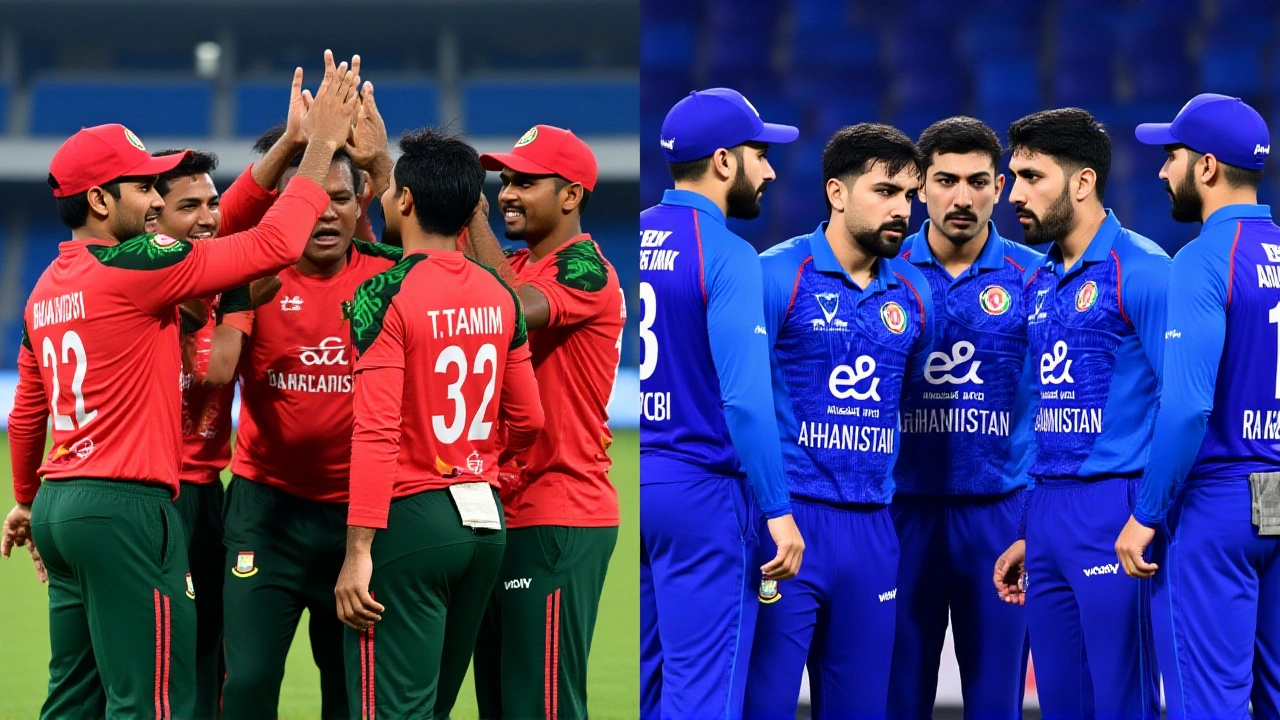Afghanistan Cricket: From War Zones to World Stage
When talking about Afghanistan cricket, the sport as organized by the Afghanistan Cricket Board and recognized by the International Cricket Council. Also known as Afghan cricket, it has transformed from a hobby in refugee camps to a full‑member nation.
The journey wouldn’t be possible without the backing of the International Cricket Council, the global governing body that grants membership, organizes world events, and sets playing standards. The ICC’s decision to grant Afghanistan full‑member status in 2017 opened doors to Test cricket, allowing the team to compete at the highest level. This endorsement also brings funding for grassroots projects, which fuels the next generation of talent. In short, Afghanistan cricket depends on ICC support to build infrastructure, train coaches, and schedule competitive tours.
Key Factors Driving Afghan Cricket
Domestically, the Afghanistan Premier League, a franchise T20 competition that started in 2018, showcases local stars alongside overseas players has become a vital platform. The APL gives young cricketers exposure to high‑pressure matches and helps them earn a living from the sport. Moreover, the league boosts fan interest across the country, turning cricket into a shared cultural event. The synergy between the national team’s international fixtures and the APL’s domestic excitement fuels a virtuous cycle of talent development.
Star players have turned Afghanistan into a household name in cricket circles. Rashid Khan, famed for his lethal leg‑spin, regularly tops ICC rankings and brings global attention to his homeland. Meanwhile, Gulbadin Naib’s leadership during the 2019 World Cup highlighted the team’s fighting spirit. These figures inspire kids in Kabul, Kandahar, and remote villages to pick up a bat and dream of representing their country on the world stage.
Women’s cricket faces a tougher road. Societal norms and limited resources mean that female players often train in secrecy or travel abroad for opportunities. Nonetheless, a handful of brave athletes have emerged, lobbying the Afghanistan Cricket Board for official support. Their push for a women's national team mirrors global moves toward gender equality in sport, and each small victory signals broader social change.
Investing in facilities is another cornerstone. New pitches in Kabul, regional academies in Nangarhar, and partnerships with foreign cricket boards provide better training grounds. Youth programs run by the Afghanistan Cricket Board focus on school‑age children, teaching basic skills and sportsmanship. These initiatives not only improve performance but also keep youngsters away from conflict and give them a positive outlet.
Looking ahead, Afghanistan’s calendar is packed with ICC World Cup qualifiers, bilateral series, and APL seasons. Success in these events will determine the team’s ranking and influence future funding. The nation also aims to host more international matches, which would boost tourism and showcase its hospitality. As the talent pool widens and infrastructure improves, the odds of Afghanistan climbing into the top‑ten of the ICC rankings become more realistic.
Below you’ll find a curated set of articles that dive deeper into each of these topics—player profiles, league analyses, development stories, and more—so you can get a full picture of where Afghanistan cricket stands today and where it’s headed tomorrow.
Afghanistan vs Bangladesh T20I 2nd Match: Odds, Spin Edge & Outlook
- Thomas O'Reilly
- Oct 8 2025
- 0 Comments
Afghanistan and Bangladesh clash at Sharjah on Oct 3, 2025, with odds favoring Afghanistan's spin attack. A win could level the T20I series before a decisive ODI showdown in Abu Dhabi.
View More
